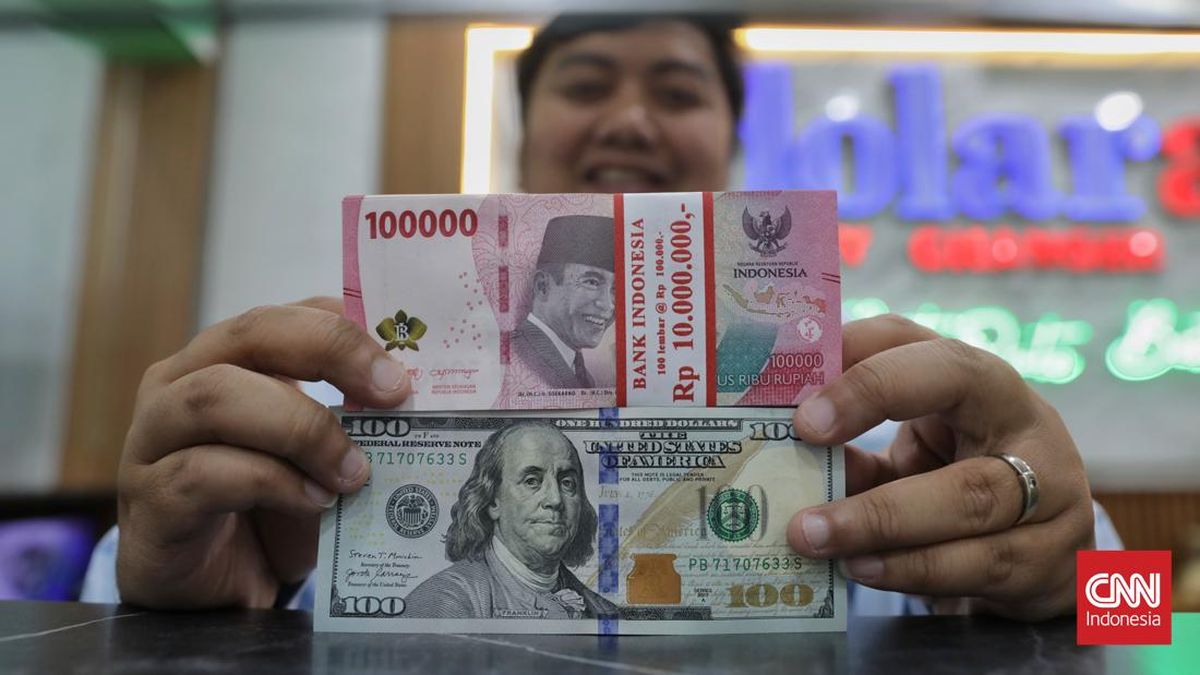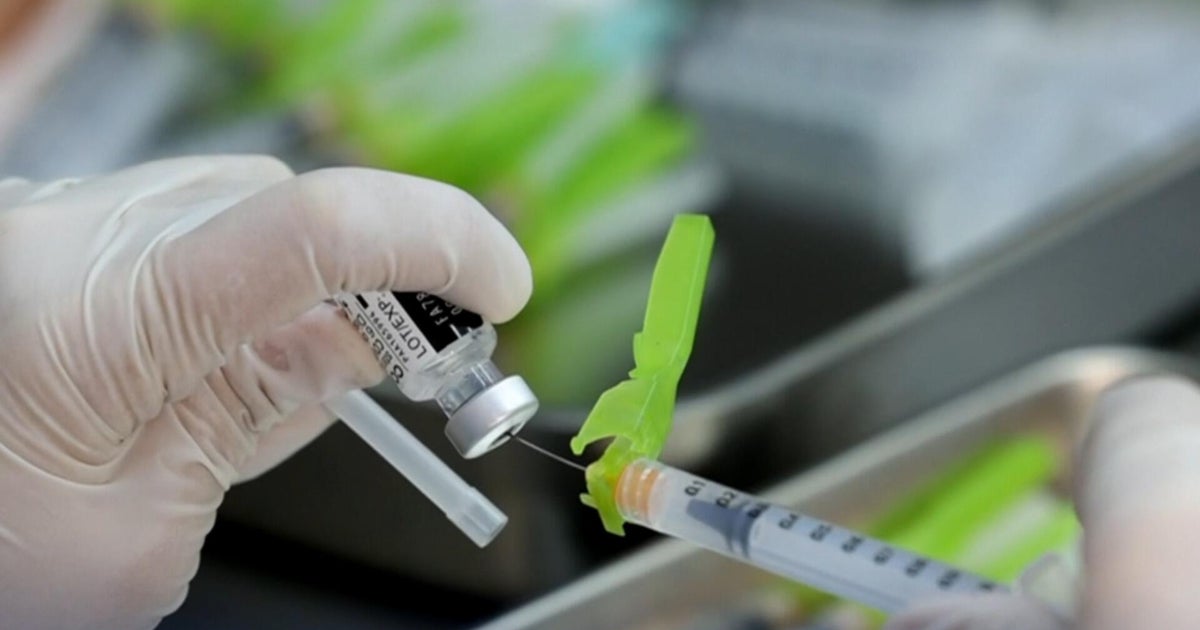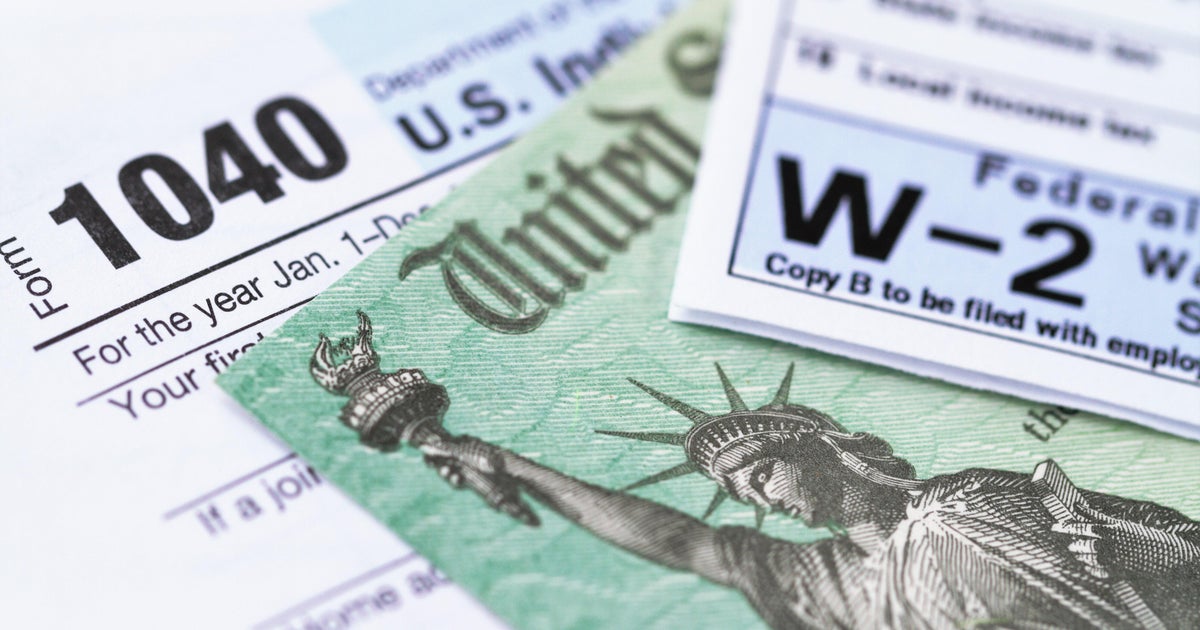By Stan Choe and Staff writers
October 20, 2025 — 6.51am
The Australian sharemarket is bracing for a sluggish start to the trading week ahead of Prime Minister Anthony Albanese’s crucial meeting with US President Donald Trump, even after Wall Street ended last week’s rollercoaster ride on a high.
ASX futures edged down 7 points, or less than 0.1 per cent, to 9003, pointing to a dip when trading opens this morning. The Australian dollar traded at US64.86¢ as of 6.18am AEDT.
The local bourse ended last week in the red, dragged down by losses for energy giants, tech players and banks, even after bets on interest rate cuts took it to a fresh record on Thursday.

The Australian sharemarket is expected to open slightly lower on Monday.Credit: Louie Douvis
Albanese is scheduled to meet Trump on Monday [2am Tuesday AEDT] in Washington for talks that will include discussions over the supply chain of rare earth materials. The Trump administration’s interest in critical mineral resources has fuelled speculation the US government may take stakes in Australian mining companies as part of a broader strategic relationship.
“I look forward to a positive and constructive meeting with President Trump at the White House,” Albanese said on Sunday before heading to the US, where he will remain until Tuesday. “Our meeting is an important opportunity to consolidate and strengthen the Australia-US relationship.”
Loading
On Wall Street on Friday, a jittery week for US stocks ended on a positive note as the White House soothed anxiety around trade tensions while regional banks rebounded. The S&P 500 rose 0.5 per cent, as did the Dow Jones Industrial Average and the Nasdaq composite. Bonds, gold and silver fell.
Indexes had careened through several jarring swings over the week as worries built about the financial health of America’s small and midsized banks, as well as the souring trade relationship between the US and China.
However, Friday’s bounce sent the S&P 500 to its best week since August, with Trump expressing optimism that talks with Chinese officials could yield an agreement to defuse the tariff spat between the world’s two biggest economies. A batch of solid results from various regional lenders lifted the banking industry after a rout triggered by concern over credit quality in the economy.
“October has brought a spooky uptick in market swings,” said Keith Lerner at Truist Advisory Services. “After an extended rally and elevated investor sentiment, markets were vulnerable to negative surprises. We would view deeper pullbacks as opportunities to lean in.”
Loading
The White House signalled efforts to calm fears of a full-blown trade war that could have a seismic effect on the global economy. “I think we’re doing very well. I think we’re getting along with China,” Trump said. He also indicated that he believed his planned meeting with President Xi Jinping this month would go ahead.
US bank stocks, meanwhile, stabilised on Friday after several reported stronger profit for the latest quarter than analysts expected. That helped steady the group, a day after tumbling on worries about potentially bad loans. Scrutiny is rising on the quality of loans that banks and other lenders have broadly made following last month’s Chapter 11 bankruptcy protection filing of First Brands Group, a supplier of aftermarket auto parts.
One of the financial firms that could feel pain because of First Brands’ bankruptcy, Jefferies Financial Group, rose 5.9 per cent on Friday. It had come into the day with a loss of roughly 30 per cent since mid-September.
The question is whether the lenders’ problems are just a collection of one-offs or a signal of something larger threatening the industry. Uncertainty is high following a long stretch where many borrowers were able to stay in business, even with the weight of higher interest rates. And with prices soaring to records for all kinds of investments, the appetite for risk may have gotten too high.
Loading
JPMorgan CEO Jamie Dimon addressed the issue on an earnings conference call with analysts last week, warning that “when you see one cockroach, there are probably more. [...] Everyone should be forewarned on this one.”
“But banks make loan loss provisions and typically have plenty of capital to keep the cockroaches from causing structural damage,” said Brian Jacobsen, chief economist at Annex Wealth Management. “Based on earnings and data so far, it looks like this isn’t an infestation.”
In the bond market, Treasury yields steadied following their sharp slides from Thursday, which came as investors rushed into investments seen as safer. The yield on the 10-year Treasury edged up to 4 per cent from 3.99 per cent late on Thursday.
Gold also pulled back from its latest record as more calm seeped through the market.
The price for an ounce fell 2.1 per cent to $US4,213.30, but it’s still up roughly 60 per cent for the year so far. Besides worries about tariffs, gold’s price has also surged on expectations for coming cuts to interest rates by the Federal Reserve and concerns about the massive amounts of debt that the US and other governments worldwide are building.
In other international markets, indexes dropped across much of Europe and Asia on Friday. Germany’s DAX lost 1.8 per cent, and Hong Kong’s Hang Seng sank 2.5 per cent for two of the world’s bigger moves.
AP/Bloomberg
The Business Briefing newsletter delivers major stories, exclusive coverage and expert opinion. Sign up to get it every weekday morning.
Most Viewed in Business
Loading


















































